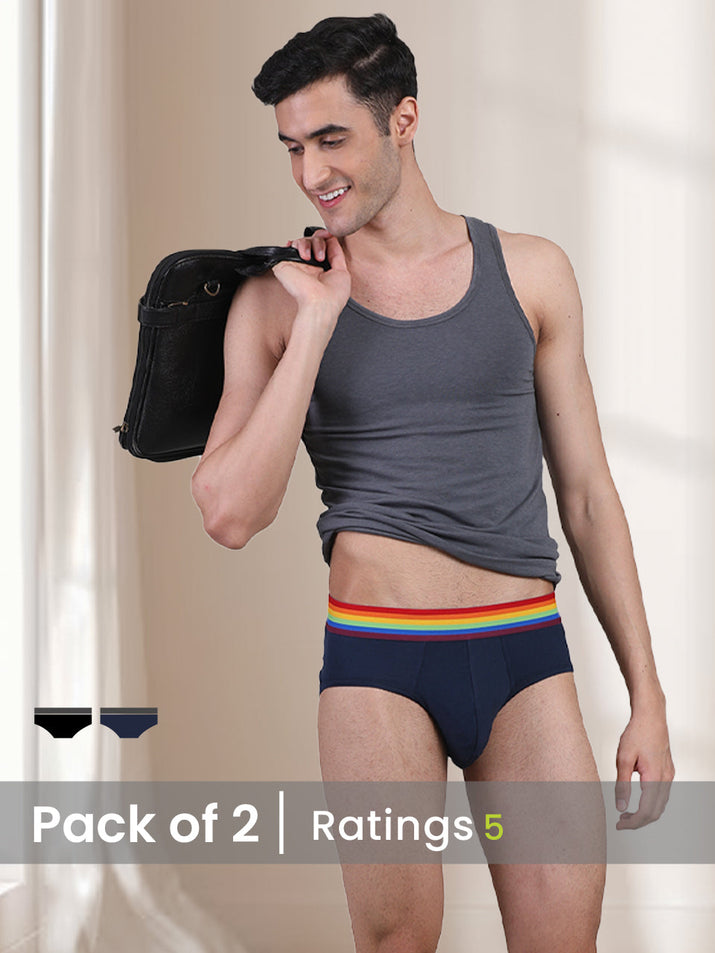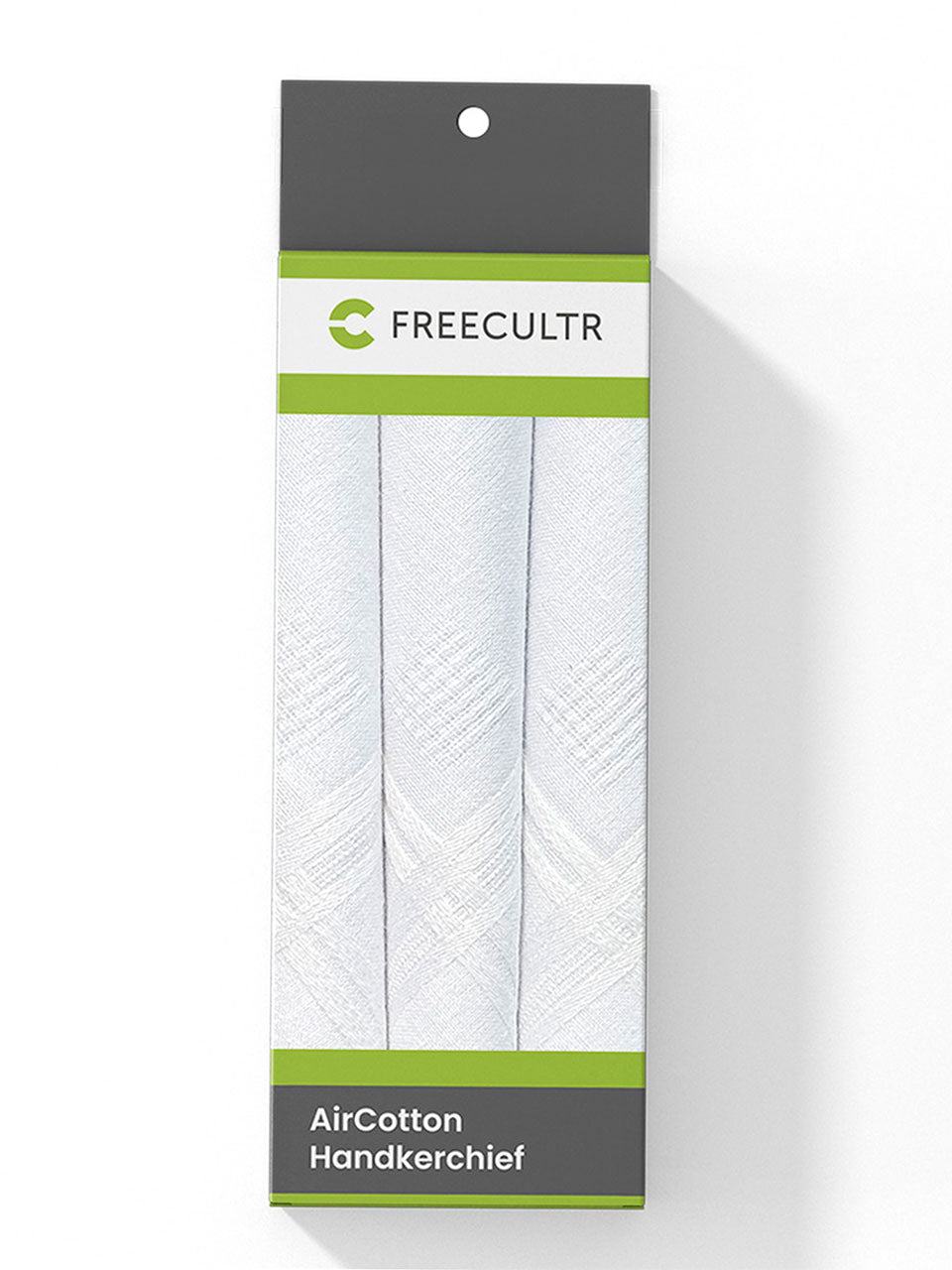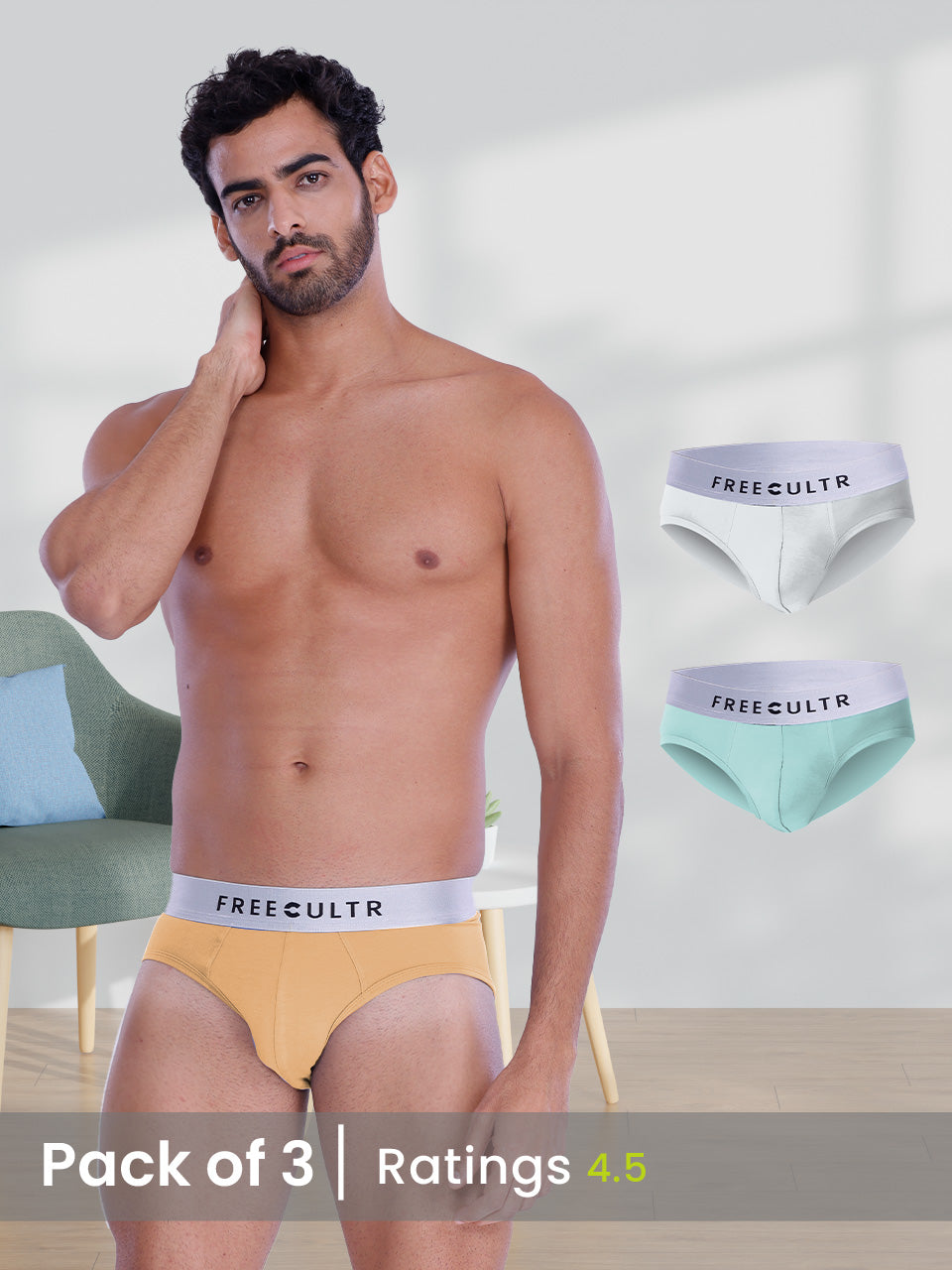In a world increasingly aware of hygiene and sustainability, textiles engineered for antimicrobial and odor resistance are no longer niche applications. From self-sanitizing hospital linens combating HAI's to athletic wear that stays fresher longer, demand is surging. Driven by innovations like metal-organic frameworks (MOFs) and bio-based antimicrobial agents, these advancements present exciting opportunities. But, navigating the complexities of efficacy testing, regulatory compliance (REACH, EPA). Consumer safety is paramount. Understanding the science behind these technologies, their practical applications. The evolving landscape of standards is essential for informed decision-making and responsible product development.

Understanding Antimicrobial Properties
Antimicrobial properties refer to the ability of a substance to kill or inhibit the growth of microorganisms, such as bacteria, fungi. Viruses. These properties are crucial in various applications, from healthcare to consumer goods, helping to prevent infections and maintain hygiene. Understanding the mechanisms by which these substances work is key to appreciating their benefits and limitations.
- Bactericidal: Kills bacteria directly.
- Bacteriostatic: Inhibits bacterial growth, preventing them from multiplying.
- Fungicidal: Kills fungi.
- Fungistatic: Inhibits fungal growth.
- Virucidal: Kills viruses.
- Virustatic: Inhibits viral replication.
The specific mechanism of action varies depending on the antimicrobial agent. Some disrupt the cell walls or membranes of microorganisms, while others interfere with their metabolic processes or genetic material. For example, silver ions, a common antimicrobial agent, can disrupt bacterial cell walls and interfere with their DNA, preventing replication.
Odor Resistance: The Science Behind the Smell
Odor resistance, in the context of textiles and other materials, refers to the ability to prevent or minimize unpleasant smells. These odors are typically caused by the growth of bacteria that break down sweat and other organic compounds. Odor-resistant materials aim to tackle this issue by either preventing bacterial growth or neutralizing the odor-causing compounds.
The primary cause of body odor is not sweat itself, which is odorless. Instead, it's the bacteria that thrive in moist environments, like armpits and feet, that break down the components of sweat (such as proteins and fats) into volatile organic compounds (VOCs). These VOCs, like butyric acid (found in vomit) and isovaleric acid (found in cheese), are responsible for the characteristic unpleasant smells.
Odor-resistant technologies often work in tandem with antimicrobial agents. By inhibiting bacterial growth, fewer VOCs are produced, leading to less odor. Some technologies also incorporate odor-absorbing substances, such as activated carbon or zeolites, to trap and neutralize the existing odor molecules.
Antimicrobial vs. Odor Resistant: Key Differences
While antimicrobial and odor-resistant properties are often linked, they are not the same thing. Antimicrobial refers specifically to the ability to kill or inhibit the growth of microorganisms, while odor resistance focuses on preventing or reducing unpleasant smells. Antimicrobial properties can contribute to odor resistance by limiting the bacterial growth that causes odor. Odor resistance can also be achieved through other mechanisms, such as odor absorption or neutralization, without necessarily killing microbes.
| Feature | Antimicrobial | Odor Resistant |
|---|---|---|
| Definition | Inhibits or kills microorganisms | Prevents or reduces unpleasant odors |
| Mechanism | Disrupts microbial cell structure or function | Inhibits bacterial growth, absorbs odors, or neutralizes odor-causing compounds |
| Primary Target | Microorganisms (bacteria, fungi, viruses) | Odor-causing molecules |
| Effect on Odor | Indirectly reduces odor by limiting bacterial growth | Directly reduces odor by various mechanisms |
Common Antimicrobial and Odor-Resistant Technologies
Several technologies are employed to impart antimicrobial and odor-resistant properties to materials. These technologies vary in their effectiveness, durability. Safety.
- Silver-based technologies: Silver ions are highly effective antimicrobial agents that disrupt bacterial cell walls and DNA. They are used in various forms, including nanoparticles and coatings.
- Copper-based technologies: Similar to silver, copper ions have antimicrobial properties. Copper is naturally antimicrobial and can be incorporated into textiles and other materials.
- Zinc-based technologies: Zinc pyrithione and zinc oxide are commonly used antimicrobial agents, particularly in textiles.
- Triclosan: Although effective, triclosan has raised environmental and health concerns, leading to its reduced use in many products.
- Quaternary ammonium compounds (Quats): These compounds disrupt microbial cell membranes.
- Activated carbon: Activated carbon is a highly porous material that absorbs odor molecules, reducing unpleasant smells.
- Zeolites: Zeolites are minerals with a porous structure that can trap odor molecules.
- Chitosan: Derived from chitin (found in crustacean shells), chitosan has antimicrobial properties and can be used in textiles.
Real-World Applications and Use Cases
Antimicrobial and odor-resistant technologies are used in a wide range of applications, including:
- Healthcare: Medical devices, wound dressings. Hospital linens often incorporate antimicrobial agents to prevent infections.
- Textiles and Apparel: Sportswear, socks. Underwear are treated with antimicrobial and odor-resistant finishes to reduce odor and improve hygiene. This is where the concept of Fashion & Comfort truly shines, as these technologies enhance the wearability and longevity of clothing.
- Home Goods: Bedding, towels. Kitchen sponges can benefit from antimicrobial properties to prevent the growth of bacteria and mold.
- Food Packaging: Antimicrobial packaging can help extend the shelf life of food products by inhibiting microbial growth.
- Water Treatment: Silver and copper ions are used to disinfect water and prevent the growth of bacteria.
Case Study: Antimicrobial Socks for Athletes
Consider the use of antimicrobial socks for athletes. Athletes often experience excessive sweating, which creates a breeding ground for bacteria and leads to unpleasant foot odor. Antimicrobial socks, typically containing silver ions or other antimicrobial agents, can significantly reduce bacterial growth, minimizing odor and improving foot hygiene. This not only enhances comfort but also helps prevent fungal infections like athlete's foot.
Considerations and Potential Concerns
While antimicrobial and odor-resistant technologies offer numerous benefits, it's vital to consider potential concerns:
- Antimicrobial Resistance: The overuse of antimicrobial agents can contribute to the development of antimicrobial resistance, making infections harder to treat.
- Environmental Impact: Some antimicrobial agents, like triclosan, can have negative impacts on the environment.
- Skin Irritation: Some individuals may experience skin irritation or allergic reactions to certain antimicrobial agents.
- Durability: The effectiveness of antimicrobial and odor-resistant finishes can decrease over time with repeated washing or use.
Consumers should carefully consider the benefits and risks of products containing antimicrobial and odor-resistant agents, opting for products that are safe, effective. Environmentally friendly. Look for certifications like Oeko-Tex, which indicate that a product has been tested for harmful substances.
The Future of Antimicrobial and Odor-Resistant Technologies
The field of antimicrobial and odor-resistant technologies is constantly evolving, with ongoing research focused on developing safer, more effective. More sustainable solutions. Some emerging trends include:
- Biomimicry: Developing antimicrobial surfaces inspired by nature, such as the self-cleaning properties of lotus leaves.
- Natural Antimicrobials: Exploring the use of natural antimicrobial agents, such as essential oils and plant extracts.
- Smart Materials: Developing materials that release antimicrobial agents only when needed, reducing the risk of antimicrobial resistance.
- Nanotechnology: Utilizing nanoparticles to enhance the effectiveness and durability of antimicrobial coatings.
As technology advances, we can expect to see even more innovative solutions that enhance hygiene, improve comfort. Protect our health, all while minimizing potential risks to the environment and human health. The integration of these technologies with Fashion & Comfort will continue to drive innovation in the apparel and textile industries.
Conclusion
Ultimately, investing in antimicrobial and odor-resistant briefs is investing in your daily comfort and confidence. Think of it as a small upgrade with significant returns. I've personally noticed a huge difference, especially during workouts. Beyond just feeling fresher, these garments contribute to a more sustainable lifestyle by requiring less frequent washing, aligning with current trends in conscious consumerism. [https://www. Wgsn. Com/](https://www. Wgsn. Com/) highlights this shift towards durability and longevity in apparel choices. Remember to check the care instructions to maximize the lifespan of these innovative fabrics. Don't settle for less when it comes to your well-being; choose briefs that work as hard as you do!More Articles
Brief – Supportive Fit & Breathable ComfortMen's Trunks – Stylish Prints & Secure Pockets
Men's Trunks – Quick-Drying & Flexible Movement
Tees – Soft Cotton & Durable Fabric
FAQs
So, what exactly does 'antimicrobial' mean when we're talking about Brief?
Good question! , it means Brief products are treated to inhibit the growth of bacteria, mold. Mildew. Think of it like a shield that helps keep things fresher and cleaner for longer.
Odor resistant? Does that mean my Brief gear will never smell?
Well, 'never' is a strong word! But odor resistant means the fabric is designed to prevent smells from clinging to it. It's not a magic bullet. It definitely helps a lot more than your average cotton tee after a workout.
How long does the antimicrobial and odor-resistant stuff last? Does it wash out?
That's the million-dollar question, right? It depends on the product and how you care for it. Generally, these treatments are designed to last through many washes. Look for care instructions – usually, avoiding harsh detergents and high heat will keep it working its best for longer.
Is this antimicrobial treatment safe for my skin?
Safety first! The antimicrobial treatments used in Brief products are generally tested and approved for skin contact. But, if you have sensitive skin or known allergies, it's always a good idea to check the product details or contact customer service to be extra sure.
Can I still just, you know, not wash my Brief gear because it's 'odor resistant'?
Okay, let's be real. While Brief helps a ton with odor, it's not an excuse to skip laundry day completely! Think of it as giving you a little extra time between washes, not replacing them altogether. Hygiene still matters!
What kind of products usually have these features from Brief?
You'll typically find antimicrobial and odor-resistant technology in items that tend to get sweaty or close to the body – things like underwear, activewear, socks. Even some base layers. Anything designed for high-performance or everyday comfort, really.
Is antimicrobial the same as antibacterial and what's the difference?
That’s a super essential question! While the terms are often used interchangeably, antimicrobial is a broader term. Antibacterial specifically targets bacteria, while antimicrobial inhibits the growth of a wider range of microbes, including bacteria, mold. Fungi. So antimicrobial offers a bit more comprehensive protection.






